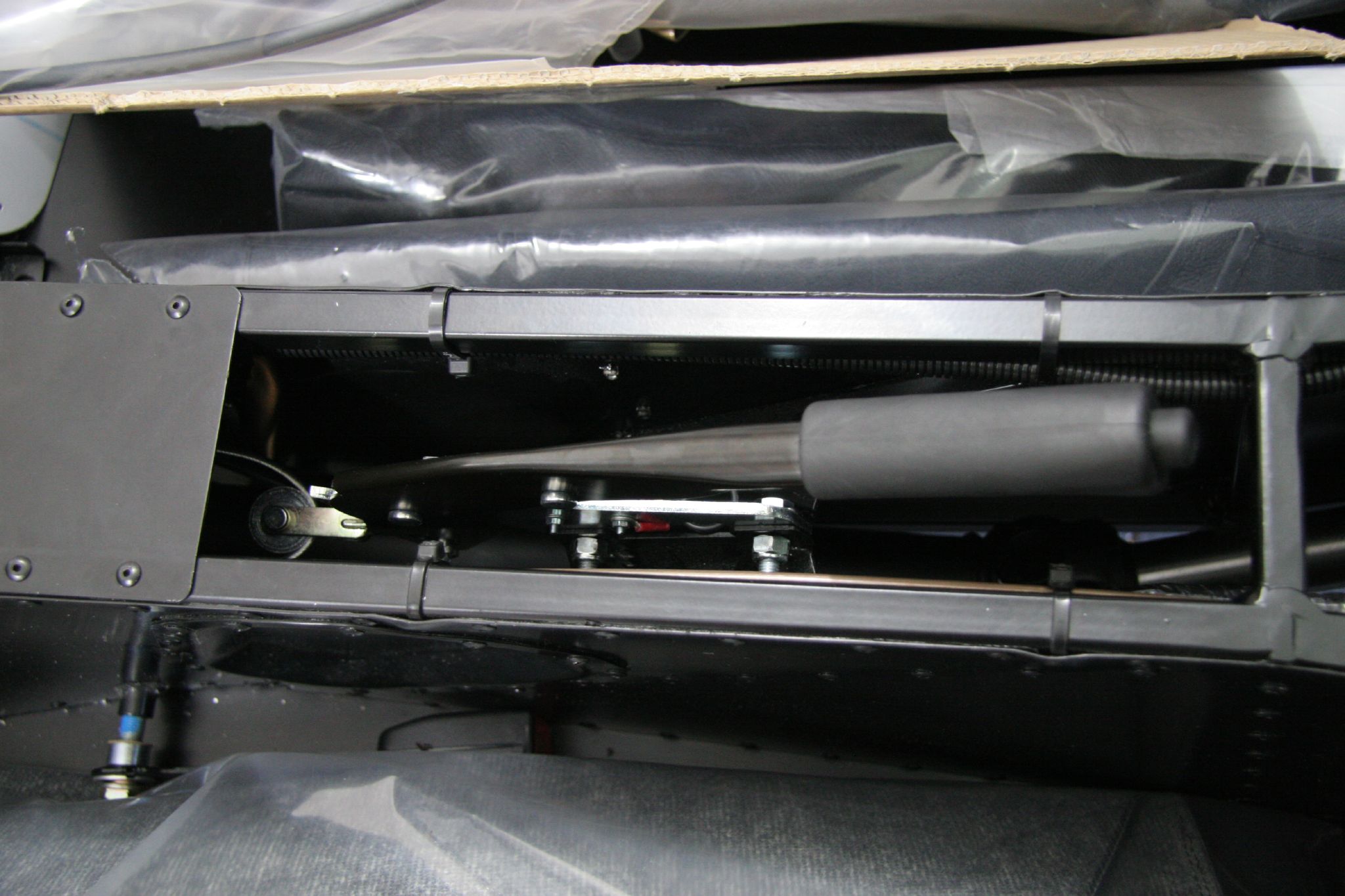Summary:
– Definition of the handbrake
– Types of handbrake adjustment
– Hand brake adjustment procedure
– Hand brake adjustment in Melbourne
A little bit of history
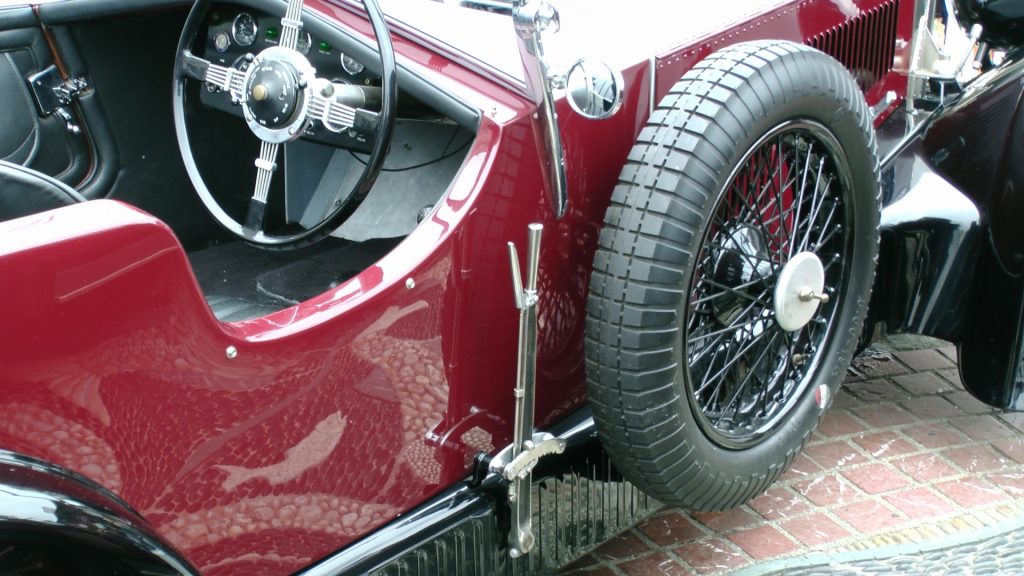
From time immemorial, at the birth of the automobile, the handbrake was the same as the service brake and was in the form of a bicycle-type brake shoe, directly blocking the wheels.
Soon, and in accordance with emerging legislation, it was differentiated from the service brake (or foot brake) to be an independent element and to act as an emergency brake in case of emergency.
The handbrake, parking brake or emergency brake is an active safety device that should be checked regularly. This post gives you tips on the hand brake adjustment procedure.
Definition of the handbrake
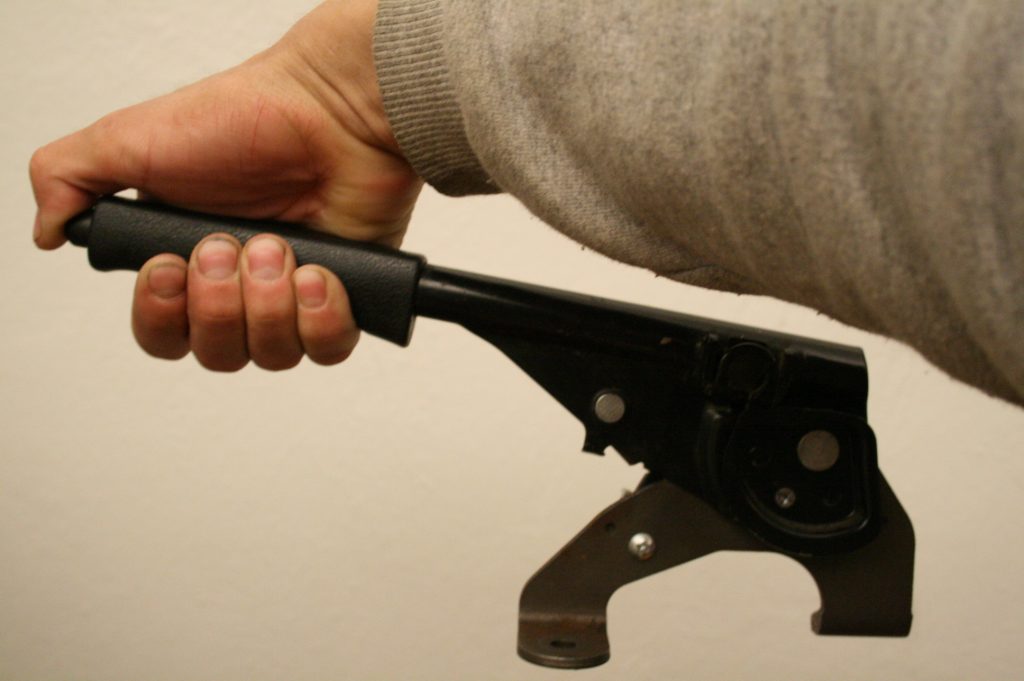
The handbrake is an independent device that must be operated by mechanical controls: it must block the vehicle when stationary, allow starting on slopes and act as an emergency brake.
As defined in the Highway Code, the vehicle must be equipped with two independent braking devices to stop and hold the vehicle stationary, it must include an emergency braking device, equipped with independent controls, held in the application position by means of a purely mechanical device.
Operation of the hand brake
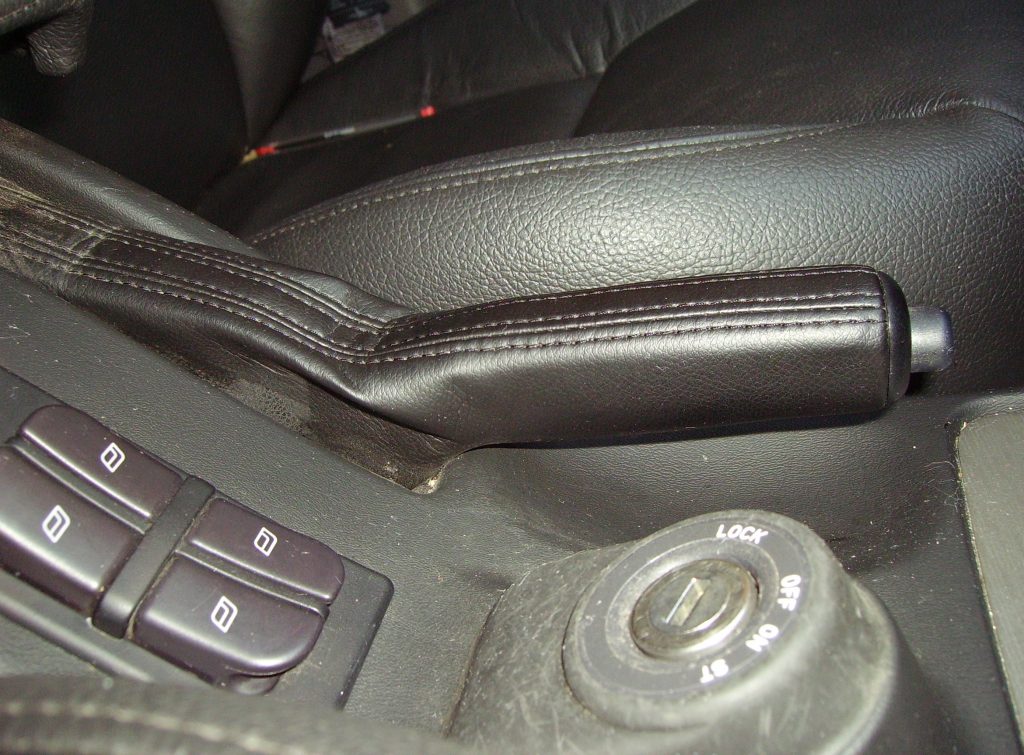
The handbrake acts on both wheels of the same axle (front or rear): it consists of a control lever connected to two cables, allowing the braking elements of the wheels to be actuated.
It has a manual and automatic adjustment device and can act directly on the elements of the brake:
– calipers;
– pads and discs;
– brake shoes and drums (= brake elements positioned on the wheels).
Good to know: Electric handbrakes are fitted to many late-model vehicles. It includes a mechanical link made compulsory by legislation (which it could technically do without). In addition, it generally no longer incorporates a manual adjustment device.
Types of handbrake adjustment
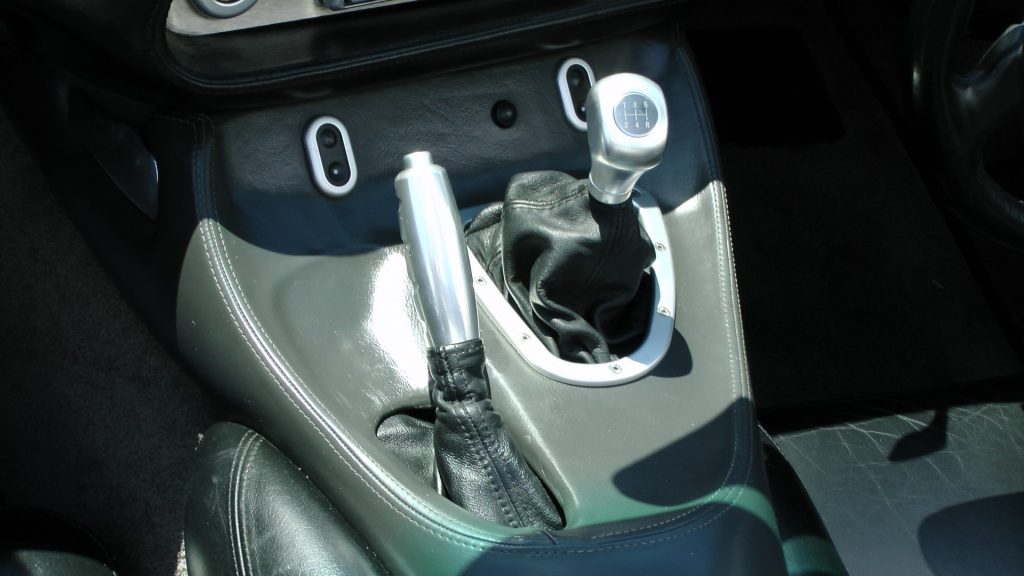
The adjustment of the handbrake is made necessary by the wear of the friction parts (pads or shoe linings) which increases the stroke of the handbrake lever. There are two superimposed adjustment solutions:
– manual adjustment: this is a system with an adjustment screw, located on the cable or linkage device that makes it possible to adjust the handbrake lever.
– the automatic adjustment:
◦ For drum brakes, it ensures a constant spacing of the shoes by a system of levers and pawls.
◦ For disc brakes, it is a device integrated into the brake caliper compensating the piston stroke according to the wear of the pads.
Good to know: Drum brakes, which are in the process of disappearing, often require an adjustment of the hand brake, leading to the removal of the drums.
Hand brake adjustment procedure
Usually, the handbrake adjustment is checked at each service and in case the handbrake lever stroke is too large, this check is carried out in two places:
– under the chassis: It will require an intervention under the vehicle, to access the adjustment mechanism, which consists of an adjustable threaded rod, more rarely an adjustment on each wheel cable.
– in the passenger compartment: In this case, the adjustment screw is located close to the handbrake lever, often requiring partial stripping or removal of the centre console.
The method of adjustment may be specific (consult the vehicle’s technical journal). In all cases, the following instructions must be observed:
– Check that the wheels are not locked, the handbrake lever is released, and the vehicle is on the ground.
– Check the effectiveness of the applied handbrake: both wheels must be locked.
– Depending on the vehicle, adjust the setting between 3 and 6 locking notches of the brake lever.
Adjusting the handbrake on the caliper
On vehicles with a device acting on a hand brake caliper, the hand brake clearance is adjusted directly at the caliper, which is located on top of the brake disc, adjacent to the differential. There is therefore a cable adjustment to be carried out. This scheme is the most common, and can be found on many cars.
If, in spite of a good adjustment of the hand brake, the hand brake still doesn’t work properly, the pads should be replaced (unless a cable is broken, which is rare).
The replacement of hand brake pads is done in much the same way as for main brake pads. If you are repairing your vehicle by yourself, care must be taken to observe the clearance when fitting the pads (see the factory repair manual).
Hand brake adjustment in Melbourne
As this operation acts on security elements, it is advisable to contact a professional garage in Melbourne.
Hope this post has helped you get an idea of the procedure of adjusting the handbrake of your vehicle.
Don’t forget to comment and share your experience with our readers.

